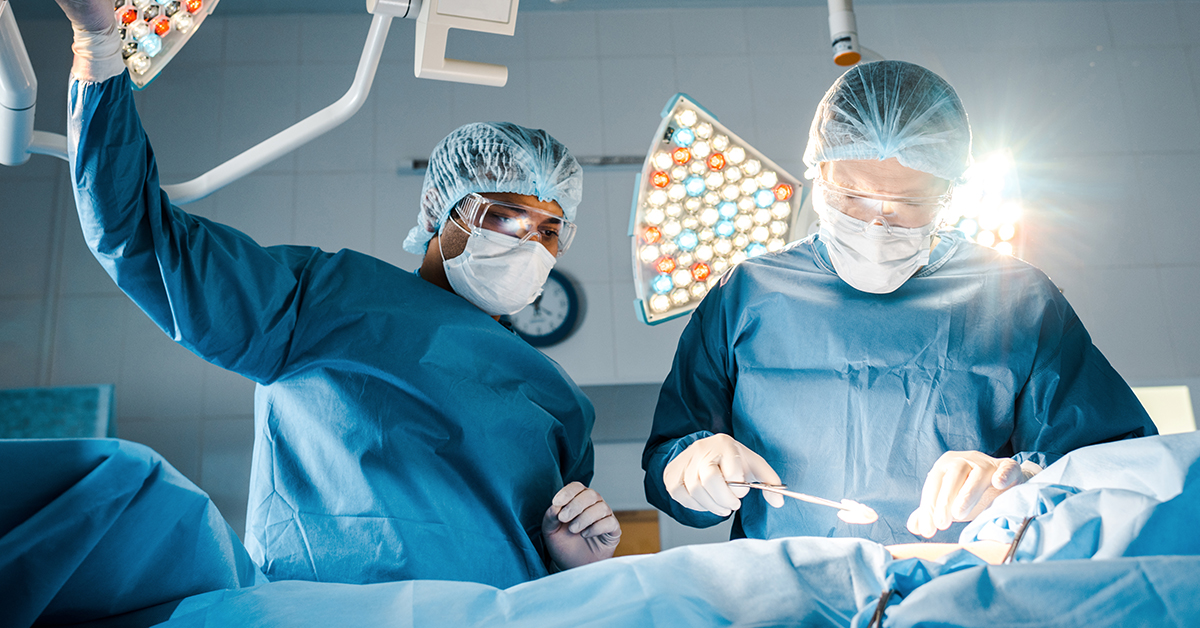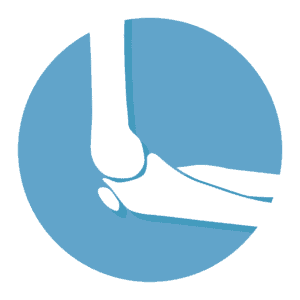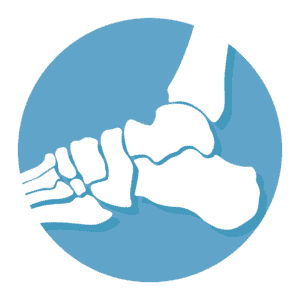
What is Arthroscopy with Meniscectomy?
Meniscectomy is the removal of all or part of a torn meniscus, the cartilage between your thigh bone and shin bone in the knee. Meniscus tears are a common injury, and if yours does not respond to conservative treatment, your physician may recommend an arthroscopy with meniscectomy. This procedure, if coupled successfully with rehabilitation during recovery, may return you to your pre-injury physical state.
Who needs this?
The knee joint is very important in helping us move. If a problem occurs with the knee, it can be very painful and make mobility difficult or impossible. One of the most common knee injuries is a torn meniscus. This injury can happen to anyone, but often happens to athletes and older people.
The meniscus is a C-shaped piece of cartilage in the knee. There are two menisci in each knee joint, the medial meniscus on the inner side and the lateral meniscus on the outer side the knee joint. These provides stability and protection to the knee, but if they're torn, problems can occur. Symptoms vary depending on how and where the meniscus is torn, but symptoms can include pain, instability or feeling the knee "giving," stiffness, swelling, and an impaired range of motion. Sliding, popping, or locking may occur if the tear is left untreated because loose fragments from the meniscus tear will drift into the joint.
Arthroscopy with meniscectomy is used to treat meniscus tears by removing the damaged cartilage. Type of tear and location are important in this procedure. If the tear is on the outer edge of the meniscus, the surgeon may opt to repair it and not remove it. This is because the outer edge receives better blood flow than the inner area, and therefore heals better. Tears in the inner area are often removed, not repaired. Your doctor may recommend this procedure if your tear does not respond to more conservative treatments like rest and physical therapy.
What are the steps in this procedure?
Arthroscope Inserted
Once anesthesia is applied, the surgeon makes several small incisions in the the knee. A small camera called an arthroscopes is inserted into the joint to let the surgeon see inside the knee. The surgeon then inserts instruments through the other small incisions and, using the arthroscope for image guidance, assesses the meniscus damage and how to treat it.
Damage Treated
Loose fragments from the torn meniscus are removed using special tools. Torn pieces of the meniscus are removed, and the tear area is cleaned and made smooth with special surgical instruments inserted through the incisions. The surgeon makes a final inspection to ensure all damaged tissue is removed.End of Procedure
After the meniscectomy is performed, the instruments are removed and the incisions are closed. The knee is then wrapped.
After the Surgery
After surgery, you will be moved to a recovery room for monitoring. You may experience some pain and swelling initially, which is very common after knee surgery. This procedure is most often performed as an outpatient procedure, so most patients leave hours after surgery. Most patients are able to return to work within a few days, provided the work is not labor intensive. Crutches may be used, but many patients who undergo this procedure are able to walk within two days.
Rehabilitation exercises are a very important step in recovering from a torn meniscus. Physical therapy exercises will be prescribed to return your knee to its pre-tear strength, range of motion, and mobility. Full recovery is possible within two to four weeks, depending on the extent of the injury and the patient's adherence to physical therapy.








